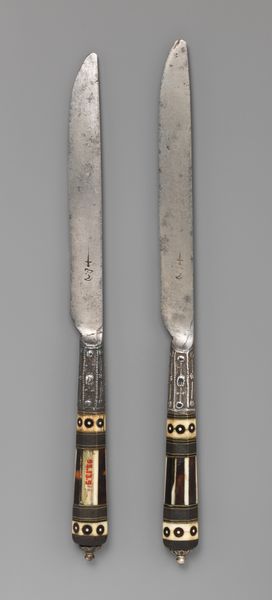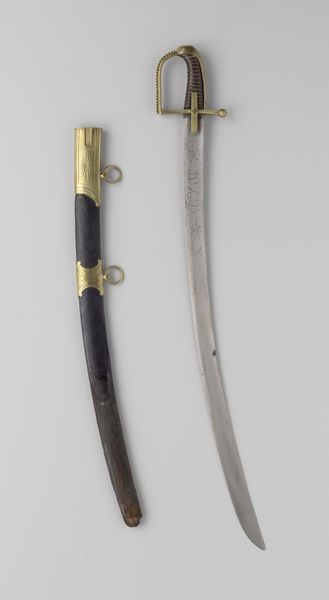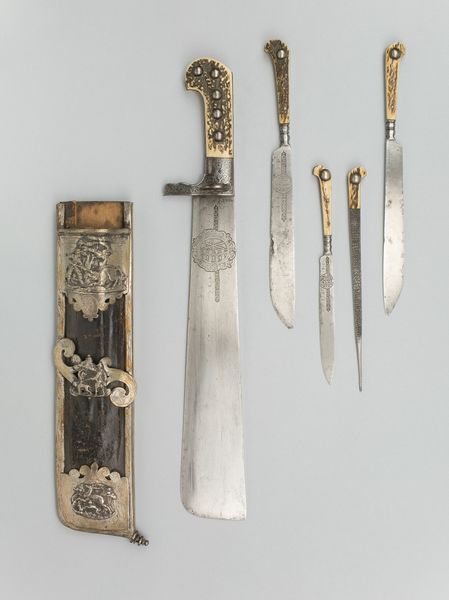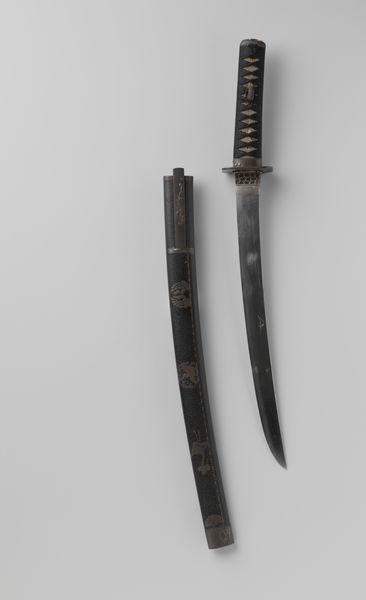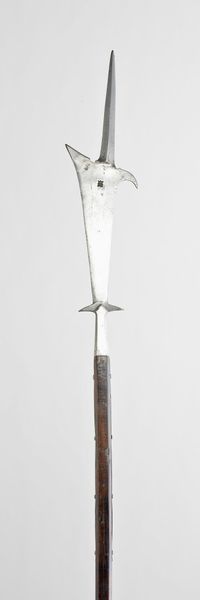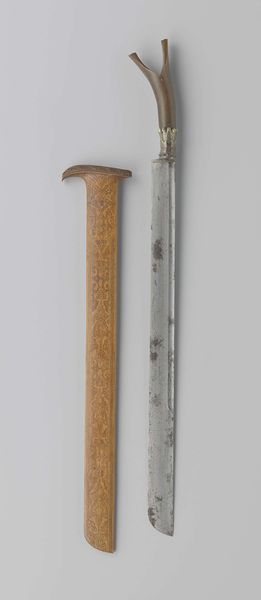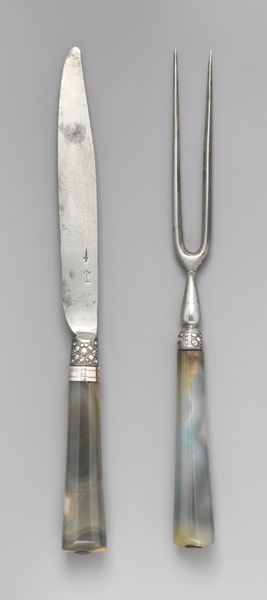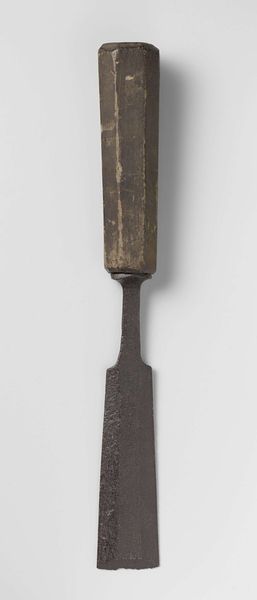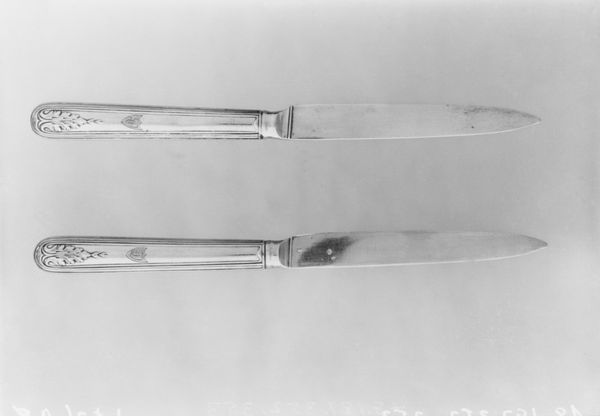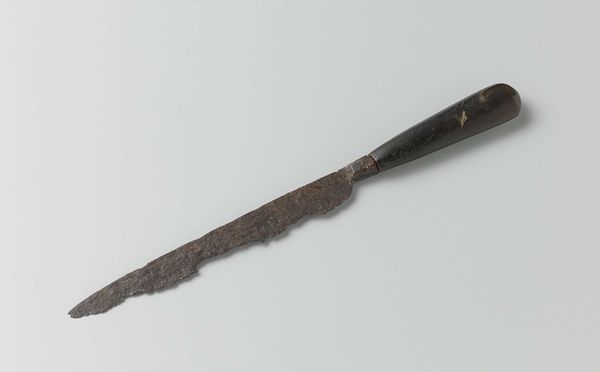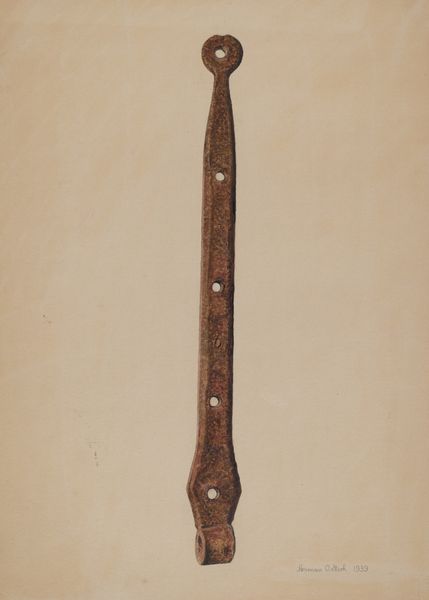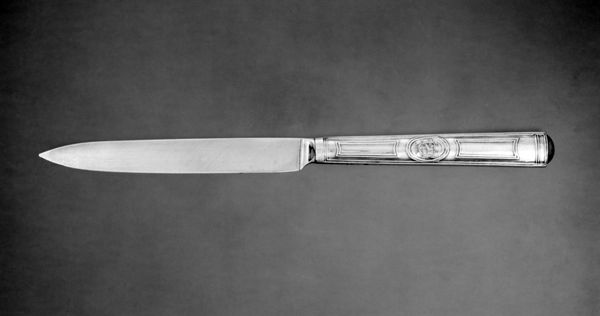
ceramic, porcelain
#
ceramic
#
porcelain
#
decorative-art
#
rococo
Dimensions: Length (each): 9 1/4 in. (23.5 cm)
Copyright: Public Domain
Editor: Here we have "Knife and Fork" made between 1735 and 1755 by the Saint-Cloud factory, crafted with ceramic and porcelain. They're surprisingly ornate. How do you interpret the cultural context of everyday objects being elevated to this artistic level? Curator: The elevation of everyday objects to art reflects shifting power dynamics. This knife and fork, seemingly simple, speak volumes about class, colonialism, and the performative nature of dining. Consider the Rococo style; it wasn’t just about decoration. Editor: So the Rococo style had deeper meaning? Curator: Absolutely. Think about the exoticized figures depicted on the handles, alongside floral patterns. How do these representations intersect with the realities of colonial trade and power? The Saint-Cloud factory was known for imitating Chinese porcelain. Editor: So, even at the table, people were making statements about status and their relationship to the rest of the world? Curator: Precisely. Objects like these weren't just functional; they were actively constructing and reinforcing social hierarchies. They are products *of* cultural exchange, yet served *to* underscore the disparities of the era. They prompt us to question what stories we tell through the objects we value and consume even now. Editor: I never thought I could see so much encoded in something as simple as a knife and fork! Curator: That's the power of art history, isn’t it? To unpack the hidden narratives woven into the fabric of our material culture.
Comments
No comments
Be the first to comment and join the conversation on the ultimate creative platform.
